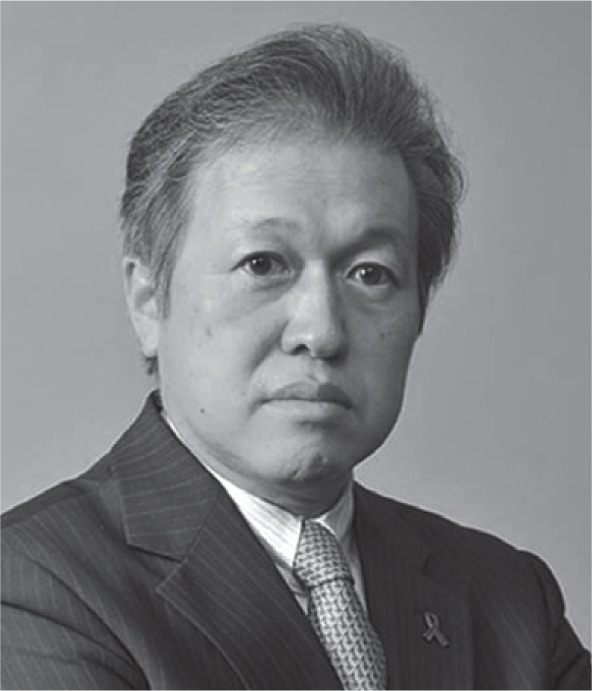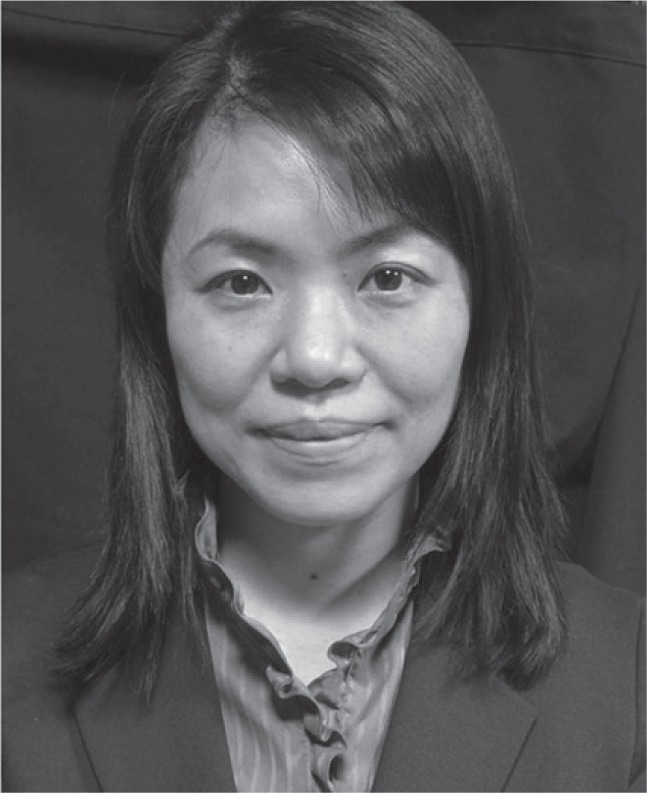
| Name | Masatoshi Kudo, MD, PhD |
| Institution | Professor and Chairman, Department of Hepatology and Gastroenterology, Kinki University School of Medicine; President, Kinki University Medical Center |
Masatoshi Kudo studied Medicine at Kyoto University and graduated in 1978. Following this, he completed a clinical fellowship in Kobe City General Hospital followed by a research fellowship at the University of California Davis Medical Center in USA and Kyoto University Graduate School of Medicine, where he received his PhD degree in Medical Science in 1987. Professor Kudo is currently a Professor and Chairman at the Department of Gastroenterology and Hepatology, Kinki University School of Medicine since 1999 and a President of Kinki University Medical Center since 2008.
Professor Kudo has published 476 International scientific peer review papers in well-regarded journals in addition to 786 domestic scientific papers. He has given 297 invited lectures in the area of his expertise on numerous occasions to international audiences. He serves as an Executive Council Board Member for Liver Cancer Study Group of Japan (LCSGJ), Chairman of Nationwide Survey Committee of LCSGJ, and a representative of LCSGJ Head Office. Professor Kudo is also an Executive Board Member of Japan Society of Hepatology (JSH), a Founding Board member of International Liver Cancer Association (ILCA). He is also serving as an Editor-in-Chief of LIVER CANCER (Karger).
His research interest is “Diagnosis and treatment of HCC”. Professor Kudo is the first author of “Consensus-based Practice Manual of HCC Proposed by Japan Society of Hepatology” published in 2007 and 2010 revised version.




































































